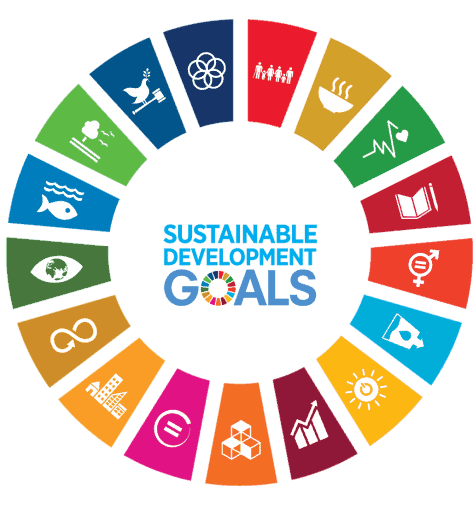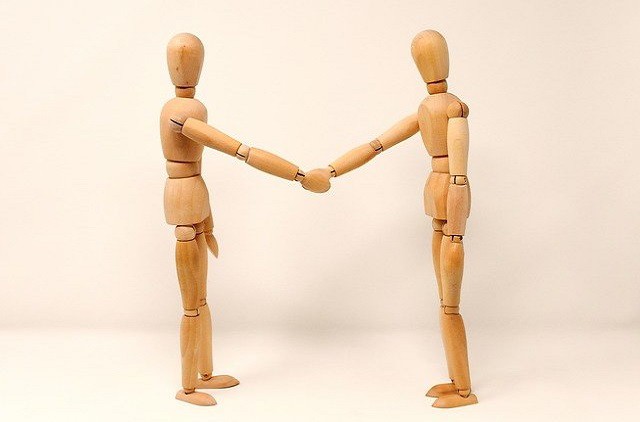Corals In Danger – Transcript
Coral reefs are perhaps the most important ecosystems on Earth. They are extremely biodiverse. This means that they are home to lots of living creatures, from fish and crabs to sponges and eels. Coral reefs are not only important to plants and animals. The survival of 500 million people depends on the world’s coral reefs. But the reefs are in danger.
In the 1980s people noticed that some sections of Australia’s Great Barrier Reef had turned white. Scientists called this coral bleaching. At first they did not know the cause. It was later discovered that corals release their algae when the temperature of the water rises above a certain level. The algae are what gives the corals their beautiful colors, and without them they appear a ghostly white.
Warmer ocean temperatures in recent decades has led to large bleaching events in corals around the world. The situation is so bad that, unless something changes, all 29 World Heritage sites that contain coral reefs will no longer exist by the end of this century.
What can be done to save the corals? Most importantly, humans must limit the amount of greenhouse gases being released into the atmosphere. These are the gases that have caused global temperatures to rise. Governments, industries, and individuals must all work together to change the ways we create and use energy. Renewables such as wind and solar must make up a greater percentage of our energy supply. We must also make changes to how land is used and how we move from place to place.







